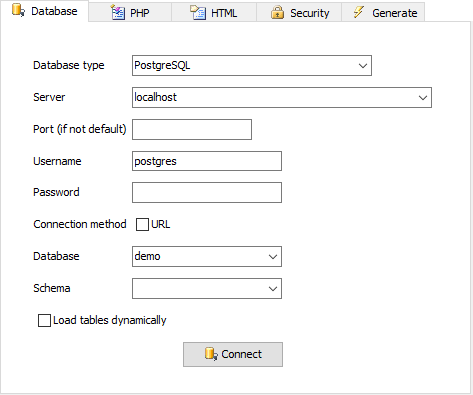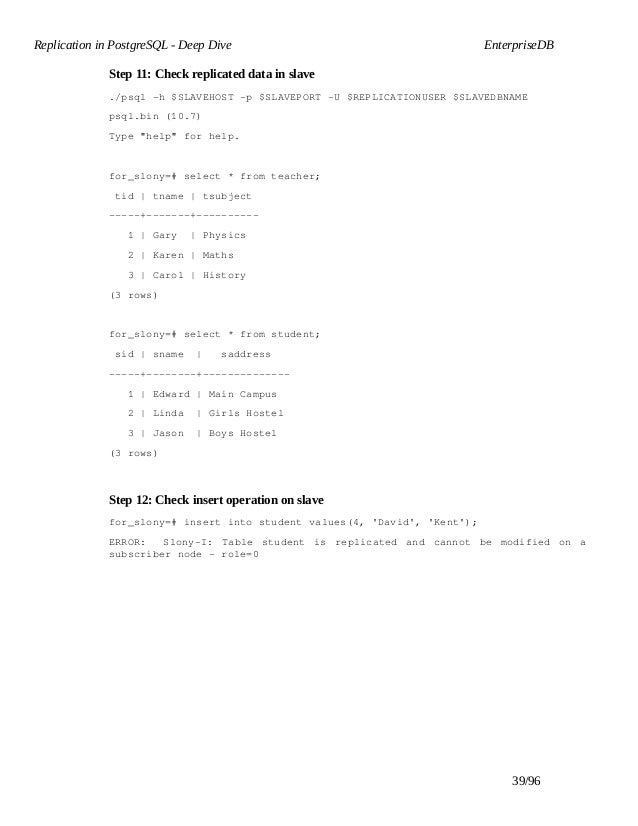
- #DATAGRIP TUTORIAL POSTGRES PDF#
- #DATAGRIP TUTORIAL POSTGRES .EXE#
- #DATAGRIP TUTORIAL POSTGRES INSTALL#
- #DATAGRIP TUTORIAL POSTGRES DRIVER#
- #DATAGRIP TUTORIAL POSTGRES PASSWORD#
In these cases you can connect to your database using the external connection string on the database page. You might want to run ad-hoc queries or migrations against your database from machines outside Render. To use the internal connection, the service and database need to be in the same account/team and region. Many database frameworks allow (or require) a connection string instead of individual connection parameters.
#DATAGRIP TUTORIAL POSTGRES PASSWORD#
The hostname, username, database, and password are displayed on the database page:Īn internal database URL that looks like is also available if needed. Using internal connection values is the recommended way for your apps to connect to your Render database. This minimizes network latency and maximizes app performance. For services deployed on Render, you should always use the internal connection parameters shown below. The hostname will differ depending on where you’re connecting from. Usually, the port can be left unspecified. Render uses the default PostgreSQL port of 5432 to connect. See Getting Started for examples.Īt a minimum, your app will need to know your database’s hostname, port, username, password, and database name (e.g. How you connect to your database depends on your code: some frameworks expect a single connection string or URL in an environment variable, while others need multiple connection parameters in a configuration file. As noted below, we generate random values for them if you omit them. The database name and user name cannot be changed after creation. Like web services, you can give your database a memorable name (which you can change at any time). You can create a PostgreSQL database on Render in under a minute. We have some examples backed by PostgreSQL to get you started:
#DATAGRIP TUTORIAL POSTGRES DRIVER#
In the next dialog box, click the folder icon and select the driver you downloaded in the previous step. Note: When you select a driver from the drop-down menu you will be prompted to edit the driver definition.
#DATAGRIP TUTORIAL POSTGRES PDF#
See the PDF file included in the download for details.ī.
#DATAGRIP TUTORIAL POSTGRES .EXE#
exe file (Windows) or the shell script (macOS, Linux) included in the download folder.

Note: You can launch the application using the.
#DATAGRIP TUTORIAL POSTGRES INSTALL#
After you have completed your download, install SQL Workbench. In this step, we will connect to the database you created using SQL Workbench.Ī. For more information, see Viewing DB Instance Metrics. Enabling enhanced monitoring will give you metrics in real time for the operating system (OS) that your DB instance runs on.

For more information about Performance Insights, a database performance and monitoring feature, see the Performance Insights web page.Įnhanced monitoring: Select Enable enhanced monitoring.

Select Disable Performance Insights for this tutorial.

In the Additional Configurations section:


 0 kommentar(er)
0 kommentar(er)
